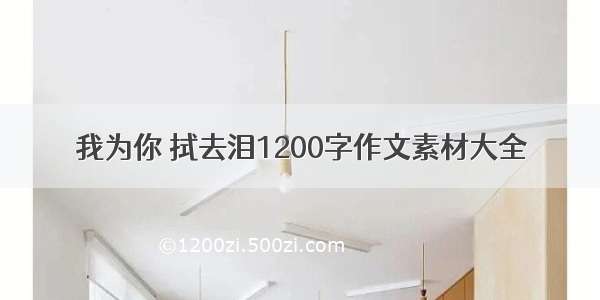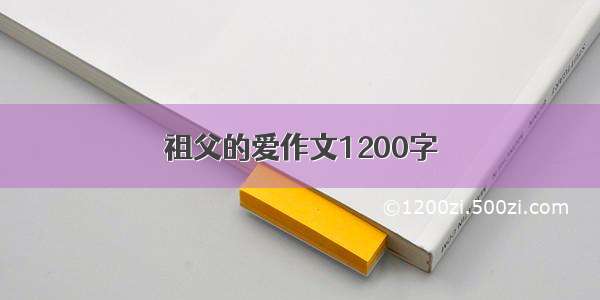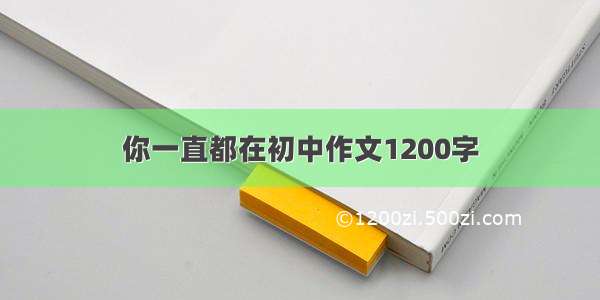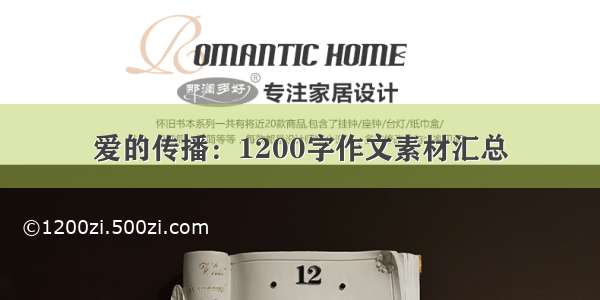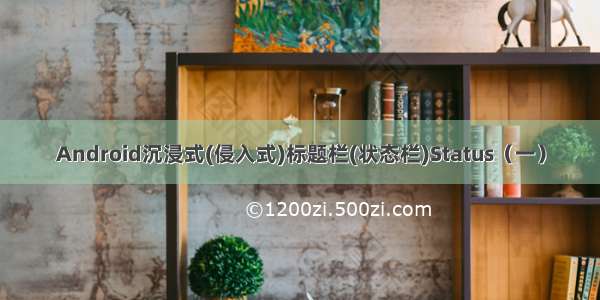
Android沉浸式(侵入式)标题栏(状态栏)Status(一)
现在越来越多的APP设计采用这种称之为沉浸式状态栏(Status)的设计,这种沉浸式状态栏又称之“侵入式”状态栏或标题栏,在Android中实现,方案多,也不难。以下以xml方式实现:
三步:
(1)我的例子中,Androidmanifest.xml文件中定义的app的style为AppTheme:
<?xml version="1.0" encoding="utf-8"?><manifest xmlns:android="/apk/res/android"package="zhangphil.myapplication"><applicationandroid:allowBackup="true"android:icon="@mipmap/ic_launcher"android:label="@string/app_name"android:supportsRtl="true"android:theme="@style/AppTheme"><activity android:name=".MainActivity"><intent-filter><action android:name="android.intent.action.MAIN" /><category android:name="android.intent.category.LAUNCHER" /></intent-filter></activity></application></manifest>
上面的Androidmanifest.xml是Android Studio自动生成的,同时Android Studio自动在res/values目录下生成的styles.xml文件中定义了AppTheme,我把这个AppTheme重新修改为:
<resources><style name="AppTheme" parent="android:Theme.Holo.Light.NoActionBar"></style></resources>
(2)再为Android v19准备一套styles.xml文件。在res/目录下新建一个名为values-v19目录,在res/values-v21目录下再建一个styles.xml文件,注意名字和AppTheme相同:
<resources><style name="AppTheme" parent="android:Theme.Holo.NoActionBar.TranslucentDecor"><item name="android:windowTranslucentStatus">true</item><item name="android:windowTranslucentNavigation">true</item></style></resources>
(3)写一个简单的MainActivity.java测试,MainActivity.java代码(特别注意!本例的MainActivity继承自Activity而不是AppCompatActivity,如果继承自AppCompatActivity,显示结果达不到本例结果):
package zhangphil.myapplication;import android.app.Activity;import android.os.Bundle;public class MainActivity extends Activity {@Overrideprotected void onCreate(Bundle savedInstanceState) {super.onCreate(savedInstanceState);setContentView(R.layout.activity_main);}}
MainActivity.java加载的activity_main.xml代码:
<?xml version="1.0" encoding="utf-8"?><LinearLayout xmlns:android="/apk/res/android"android:layout_width="match_parent"android:layout_height="match_parent"android:background="@android:color/holo_orange_dark"android:orientation="vertical"><TextViewandroid:layout_width="wrap_content"android:layout_height="wrap_content"android:layout_gravity="center"android:background="@android:color/white"android:text="zhang phil @ csdn" /></LinearLayout>
代码运行结果:
TextView跑到顶部状态栏下面去了,这显然不合适,在activity_main.xml代码中增加android:fitsSystemWindows="true" :
<?xml version="1.0" encoding="utf-8"?><LinearLayout xmlns:android="/apk/res/android"android:layout_width="match_parent"android:layout_height="match_parent"android:background="@android:color/holo_orange_dark"android:fitsSystemWindows="true"android:orientation="vertical"><TextViewandroid:layout_width="wrap_content"android:layout_height="wrap_content"android:layout_gravity="center"android:background="@android:color/white"android:text="zhang phil @ csdn" /></LinearLayout>
代码运行结果:
显示就正常了。
附录:
1,《Android StatusBarUtil:设置Android系统下方虚拟键键盘透明度》链接:/zhangphil/article/details/51768318





